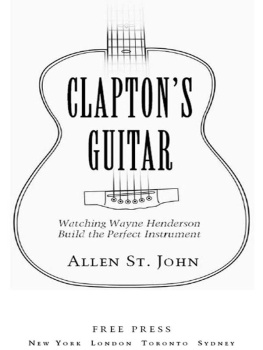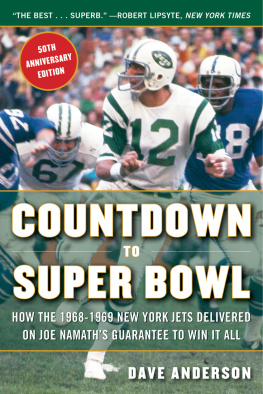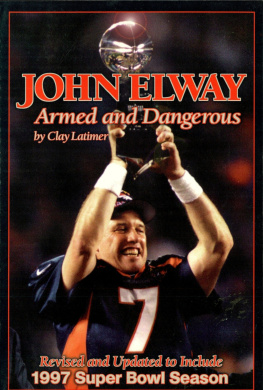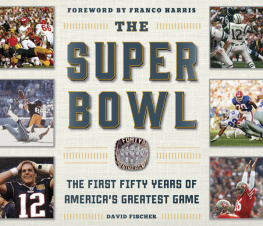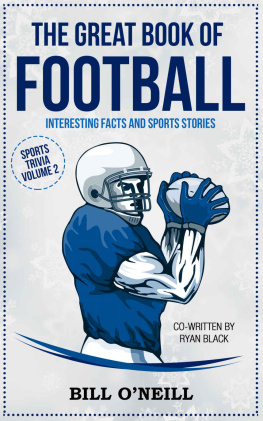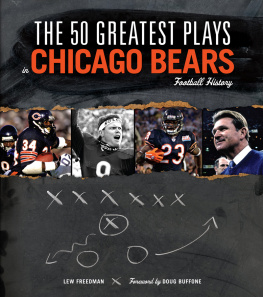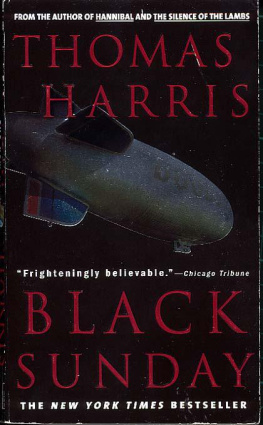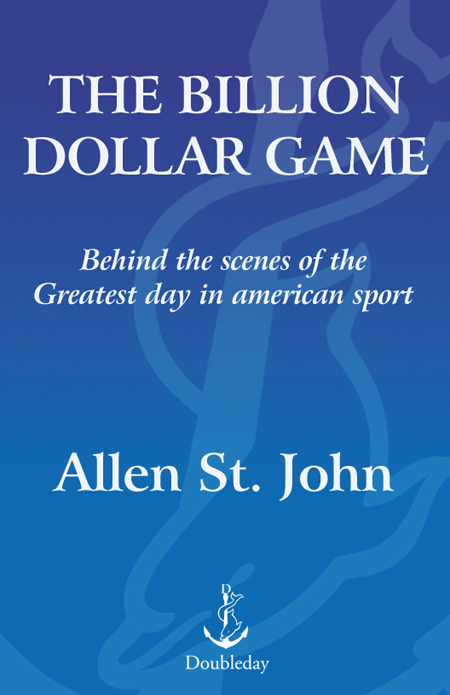A portion of the authors proceeds will be donated to Spinal Muscular Atrophy research.
For more information on SMA, please visit www.fsma.org.
Baseball is what we were.
Football is what we have become.
Introduction
Let the Games Begin
For a brief moment on Super Sunday inside the University of Phoenix Stadium, time stood still.
The game clock high above the field in the rafters near the retractable roof stopped with just one second on it. New England Patriots coach Bill Belichick either didnt notice or didnt care; he came out to congratulate Giants coach Tom Coughlin and then disappeared. Footballs ultimate celebration had started. Sort of.
But like teachers caught in the middle of a cafeteria food fight, the referees had to stop it. Rules are rulesthe game wasnt over. With that single second remaining on the clock, Eli Manning would have to take a knee once more. Then and only then would the greatest upset in Super Bowl history be complete. Better than anyone else, Giants fans understood the reason to play out that last tick of the clock. Thirty years ago,in one of the most preposterous moments in sports history, they lost a game when their quarterback fumbled the ball with just a tick on the clock. No, theyd play it out.
And yet this awkward moment was somehow perfect. It provided a rare moment of reflection. It was almost as if the game itself were trying to shake us and say, Pay attention. Youll want to remember where you are right now so you can tell your grandchildren about it. For the less sentimental, it still provided an all-too-rare moment of unity. It was a perfect turn-of-the-millennium moment: 100 million Americans squinting at the television, scratching their heads, and saying Huh? in unison.
But the moment didnt last long. The referees restored order. The players got back on the field. The ball was snapped, and Celebration 2.0 began.
I f this was the end of Super Bowl XLII, lets rewind almost a year to the minute to the beginning, or at least a beginningto Miami and the end of Super Bowl XLI. The raindrops were glistening like a swarm of fireflies in the lights above Dolphin Stadium, but theyd also driven half of the fans in the most coveted seats in sports to take cover, leaving the hard core huddled under garbage bags. It was the same story where I was sitting, in the press section, the now-unattended TV monitors bleating to no one in particular and sodden press releases sitting in puddles on now-empty makeshift Formica desks.
It was a moment of dreams waxing and waning. Colts fans had been waiting for this for thirty-eight years, since Johnny Unitas was the quarterback and the team called Baltimore home. Peyton Manning and his dad and his brother had been waiting for this for two generations, a family of quarterbacks hoping to finally end a season with a win that meant something. Bears fans, still channeling Walter Payton and William Refrigerator Perry, were hoping against hope for a miracle, but for them, the clock was their enemy. Mine too, as I hustled down from the press box to field level for the postgame interviews.
As I shoved my iBook and my commemorative seat cushion into my black Targus backpack, I spied the sparkly silver band on the handle. It was one of those security tags. The band had been affixed by a smiling security guard earlier that afternoon after my laptop passed muster with a metal detector, an X-ray machine, and a bomb-sniffing dog, who lingered awhile, perhaps catching a whiff of the many hero sandwiches that have ridden shotgun next to my laptop. In one way, this tag was a symbol of the sometimes dangerous world in which we live. In another, it carried a message. Just above the NFL logo was the Super Bowls official motto: One Game, One Dream.
As mottos go, its actually a pretty good one (better than The Road to Forty, the motto of Super Bowl XL). But while its catchyso catchy that the 2008 Beijing Olympics adopted One World, One Dream as its catchphraseits also wrong.
The Super Bowl is anything but one game. Its the championship of Americas Game. Its the worlds biggest single-day sporting event. Its an unofficial national holiday. Its a billion-dollar economic engine thats bigger than the GDP of many nations. Its an opportunity for a couple of hours of unity in an increasingly fragmented world. Its Americas most widely watched live television broadcast. It is an unrivaled marketing opportunity. Its the worlds biggest party.
And more.
Most of all its the vessel for an even greater multitude of dreams, from the winning cornerback to the college kid making a few extra bucks as the night watchman for a display of Super Bowl merchandise.
This is the story of all of those games and all of those dreams.
Its a story that starts with an innocent phone call to the enfant terrible of modern architecture and ends with that second hanging precariously on the scoreboard. It chronicles months and even years of intense preparation, moments of behind-the-scenes panic, and the strange web of connections that runs through an enterprise this enormous.
Its also a story thats never been told before.
And its a story thats best told by picking a few of the key elements of this extravaganza, and exploring them in painstaking detail. Over the course of more than a year of reporting, thousands of miles of travel, and hundreds of hours of interviews and observation, I was granted unprecedented behind-the-scenes access, watching the games movers and shakers at work, and then listening as they explained how and why a Super Bowl comes together. And in the process I learned this simple and profound truth: Most of the real heroes of a Super Bowl will never even touch a football.
During that time I came to understand what the Super Bowl is and what it is not. In polite disagreement with that security tag, I would argue instead that there are actually three Super Bowls: The Game, The Show, and The Celebration.
The Game is the first piece of the puzzle and the most obvious. Wikipedia might call it a game of American football, played eleven-on-eleven at a neutral venue between the champions of the American Football Conference and the National Football Conference for the championship of the National Football League. The cynical among us would suggest that its an anticlimactic and often lopsided contest played in front of a crowd of scene makers sprinkled with ordinary fans who called in favors and/or dipped into the kids college fund for the right to be there.
In sharing the story of The Game in its 2008 incarnation, well start with a visit with one of the worlds greatest architects and the improbable story of the state-of-the-art stadium designed with the Super Bowl in mind. Well meet the local officials who have bet everything on the chance of getting into the Super Bowl business. Well meet the anonymous guy with a tiny, cluttered office on Park Avenue who on Super Bowl Sunday might be the most powerful man in sports.


